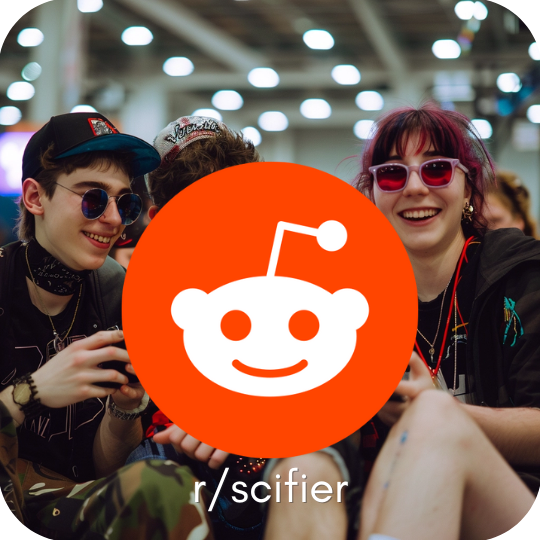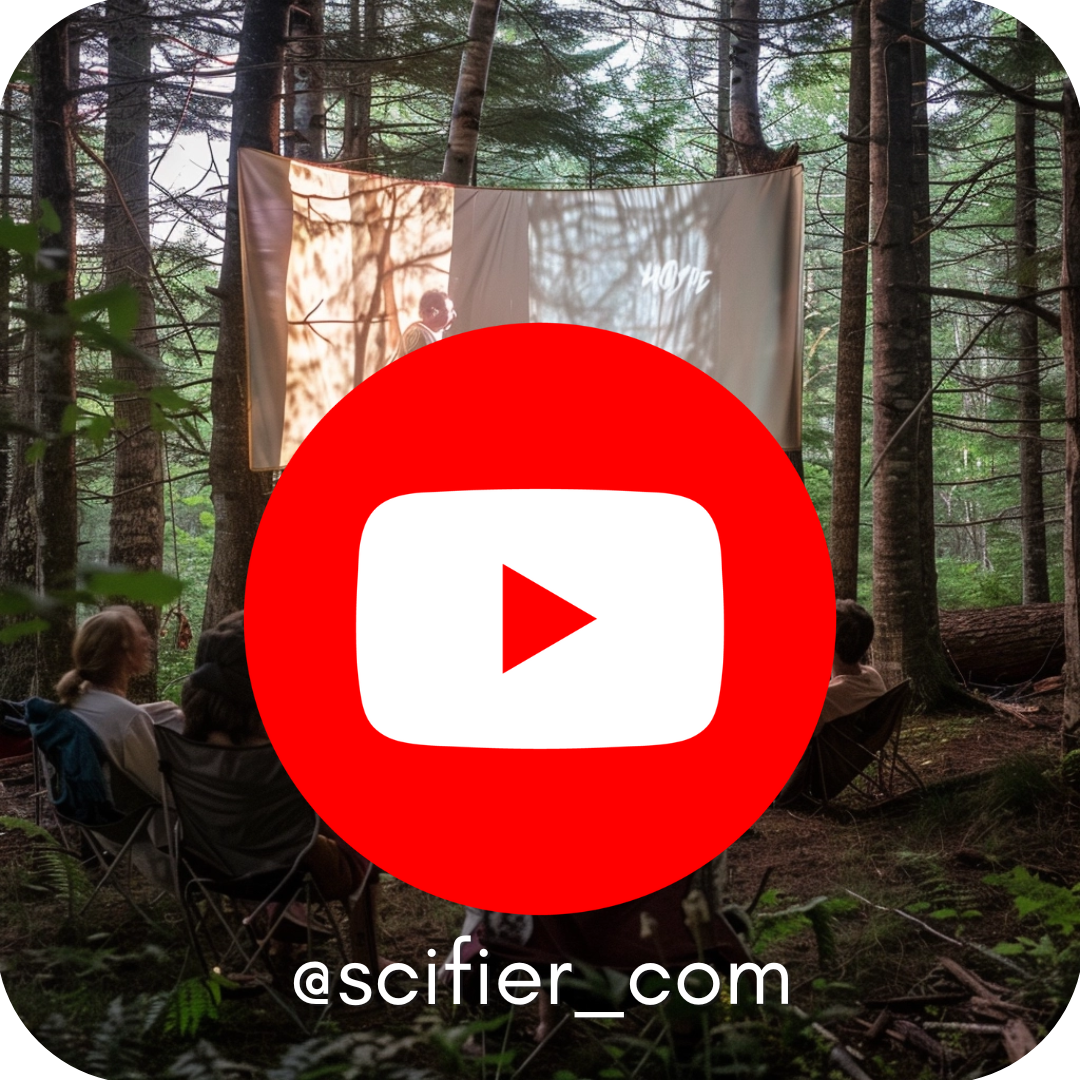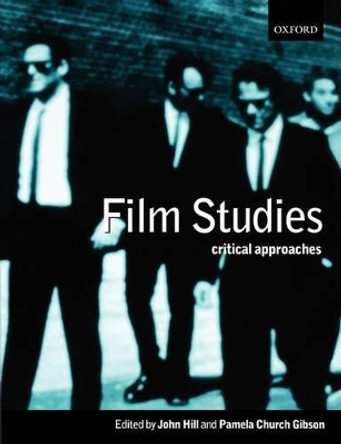Film editing is part of the long process of formulating, acquiring and presenting the images and sounds that make a film. The film editor makes decisions about the arrangement of the visual and aural material that they receive in the cutting room, not for their own satisfaction but to stimulate the participation of the cinema and television viewer. Three interrelated aspects, Emotion, Performance and Story, influence this decision-making. Combining history, practice, study and theory,
Film Editing: Emotion, Performance, Story investigates why certain editorial decisions can encourage the emotional and narrative engagement of the audience. With full-color examples from features, short films and commercials, this book introduces a range of different editing styles and techniques to provide editors with a context on which to build their practice. Julie Lambden takes a discursive approach exploring the many options open to the editor whether this is the fine point at which to cut or the exact structuring of scenes within a whole film. Examples are closely analysed and discussed using frame grabs, graphics and plans. The book opens discussions on our psychological and cognitive behavior, and asks why certain picture and sound configurations can affect us emotionally. Interspersed with chapters on the fundamental tools of editing are studies of three editing strategies. Each is a method of persuasion that the editor can use to elicit a response in the audience, whether that is sympathy for a character or belief in the fictional world.
Featuring examples from both classic and contemporary films, this book provides a practical and theoretical insight into the creative process of film editing.About the AuthorJulie Lambden is a Senior Lecturer in Film at Westminster University and an Associate Lecturer at the Drama Centre London, University of the Arts London.
ReviewsLambden's book will enhance [readers'] knowledge of the art, the veritable alchemy, of film editing. * Cineaste Magazine *
Julie Lambden astutely takes the lid off the complexities and alchemy of film editing and effortlessly leads us to an understanding of all aspects of the narrative power that editing and montage can release. This therefore makes essential reading for film students, practicing professionals or indeed anyone who wishes to expand their grasp of the fundamental and highly creative disciplines that comprise the language of all film making. * Mick Audsley, editor of Harry Potter and the Goblet of Fire (2005), Twelve Monkeys (1995) and Dangerous Liaisons (1988) *
Book InformationISBN 9781501379109
Author Julie LambdenFormat Hardback
Page Count 232
Imprint Bloomsbury Academic USAPublisher Bloomsbury Publishing Plc
Weight(grams) 966g











